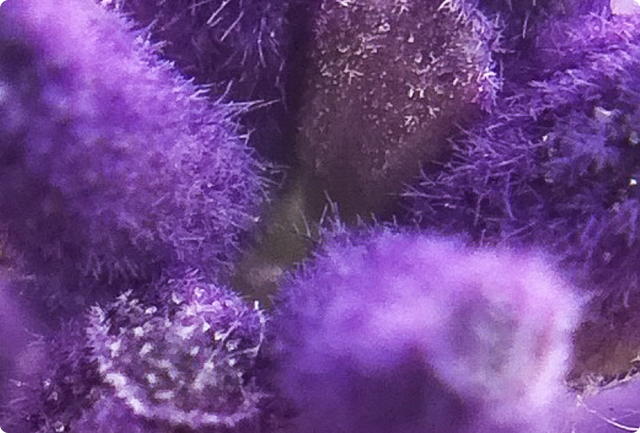About the Ingredient
Ethyl alcohol is a plant-derived volatile organic compound commonly produced through the fermentation of sugars from corn, sugarcane, or other biomass. As a natural antiseptic, it is the cornerstone of most hand sanitizers, where it serves as a fast-acting antibacterial agent that evaporates quickly and leaves no residue.
In natural personal care, ethyl alcohol offers a clean, transparent, and effective alternative to synthetic disinfectants—making it ideal for minimalist, plant-based hand sanitizers.
Why You Would Use Ethyl Alcohol
- For broad-spectrum antimicrobial activity in rinse-free hand hygiene
- To disrupt bacterial membranes without the use of synthetic preservatives
- For its quick-drying, residue-free finish
- As a clean label-friendly active that aligns with natural product standards
- In transparent formulas that feel light and non-greasy on the skin
Clinical Findings
| Study | Participants & Duration | Key Results | Reference |
|
Broad-Spectrum Antibacterial Action |
In vitro testing of commercial alcohol-based sanitizers |
Ethanol-based sanitizers (60–80%) showed rapid and complete inhibition of both Gram-positive and Gram-negative bacteria within 30 seconds of contact. |
Lim et al., 2023 |
|
Optimized Formulation for Skin Tolerance |
Comparative analysis of WHO ethanol formula vs.natural ingredient blends |
Ethanol sanitizers enhanced with humectants and botanicals maintained antimicrobial efficacy while reducing skin irritation in long-term use. |
Fallica et al., 2021 |
Behind The Science
Ethyl alcohol inactivates microbes by denaturing their proteins and disrupting cell membranes, leading to rapid cell death. Research shows that concentrations between 60–85% v/v are most effective for reducing bacterial counts on contact.
- Instant kill: Ethyl alcohol-based sanitizers can eliminate up to 99.99% of transient bacteria within seconds, including strains such as Staphylococcus aureus and Escherichia coli.
- Optimal strength: At 80%, ethyl alcohol demonstrates peak antimicrobial efficacy without significantly compromising skin compatibility.
- Emollient synergy: Blending ethyl alcohol with plant-derived moisturizers like glycerin or aloe reduces drying while maintaining effectiveness.
Unlike many synthetic antimicrobials, ethyl alcohol is GRAS-designated, biodegradable, and does not persist in the environment—making it suitable for clean-conscious hygiene formulations.
Use in Ancient Medicine
Ethanolic extracts and alcohol-based tinctures have been used for centuries in folk and herbal medicine, both to preserve plant constituents and to sanitize wounds. Monastic and apothecary traditions across Europe and Asia relied on grain-derived alcohol to create purifying rinses, elixirs, and antiseptics for external use.
Symbolism
Ethyl alcohol represents clarity, cleansing, and impermanence. As a substance that purifies quickly and evaporates completely, it embodies themes of release, reset, and transparency. It is the invisible helper that refreshes and restores without leaving a trace.
INFORMATION provided is intended for informational purposes only and is not meant to diagnose, treat, cure, or prevent any disease. Statements have not been evaluated by Health Canada or the FDA. Please consult a qualified healthcare provider before using essential oils for therapeutic purposes.
References
- Lim, K., Li, W. Y., Dinata, A., & Ho, E. T. (2023). Comparing the antibacterial efficacy and functionality of different commercial alcohol-based sanitizers. PloS one, 18(3), e0282005. https://doi.org/10.1371/journal.pone.0282005
- Fallica, F., Leonardi, C., Toscano, V., Santonocito, D., Leonardi, P., & Puglia, C. (2021). Assessment of Alcohol-Based Hand Sanitizers for Long-Term Use, Formulated with Addition of Natural Ingredients in Comparison to WHO Formulation 1. Pharmaceutics, 13(4), 571. https://doi.org/10.3390/pharmaceutics13040571
- Nzekwe, I. T., Agwuka, O. I., Okezie, M. U., Fasheun, D. O., Nnamani, P. O., & Agubata, C. O. (2021). Designing an ideal alcohol-based hand sanitizer: in vitro antibacterial responses of ethanol and isopropyl alcohol solutions to changing composition. AAPS open, 7(1), 5. https://doi.org/10.1186/s41120-021-00038-x
- World Health Organization. (2009). WHO guidelines on hand hygiene in health care. Geneva: World Health Organization. ISBN: 9789241597906








